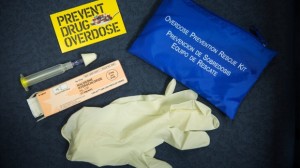
For many years, naloxone has been used by paramedics and emergency room doctors to immediately reverse the effects of an overdose. These days, police officials are more often being provided with overdose prevention rescue kits containing the drug in the form of nasal spray. Since they are typically the first to respond in these situations, it makes sense to maximize the police officer’s ability to prevent needless drug-related deaths.
Earlier this month, New York state Governor Andrew M. Cuomo committed state money to get naloxone into the hands of emergency medical workers across New York, saying the heroin epidemic in New York is worse than it was in the 1970’s and seems to be growing. This announcement from the governor came weeks after the New York police commissioner, William J. Bratton, revealed that the city’s entire patrol force would soon be trained and equipped with naloxone.
Currently, just a small number of the country’s police departments have naloxone programs, but departments in cities as large as Boston and San Diego are preparing programs, as are more than 150 police forces across New York State. The programs have been proven successful in dramatically reducing overdose rates and officers like it because it puts them in a lifesaving opportunity, according to Mr. Bratton.
In 2010, Quincy, Mass., a city of about 93,000 residents was among the first cities that began equipping its 211 officers with the drug. The effect of the program was undeniable. In the 18 months before deploying naloxone, 90 residents died of drug overdoses; that number dropped to nine after officers began carrying the drug.
Although the widespread use of the “overdose cure” is only a component in the fight against the heroin epidemic, it is a lifesaving initiative widely predicted to spread across the U.S.






